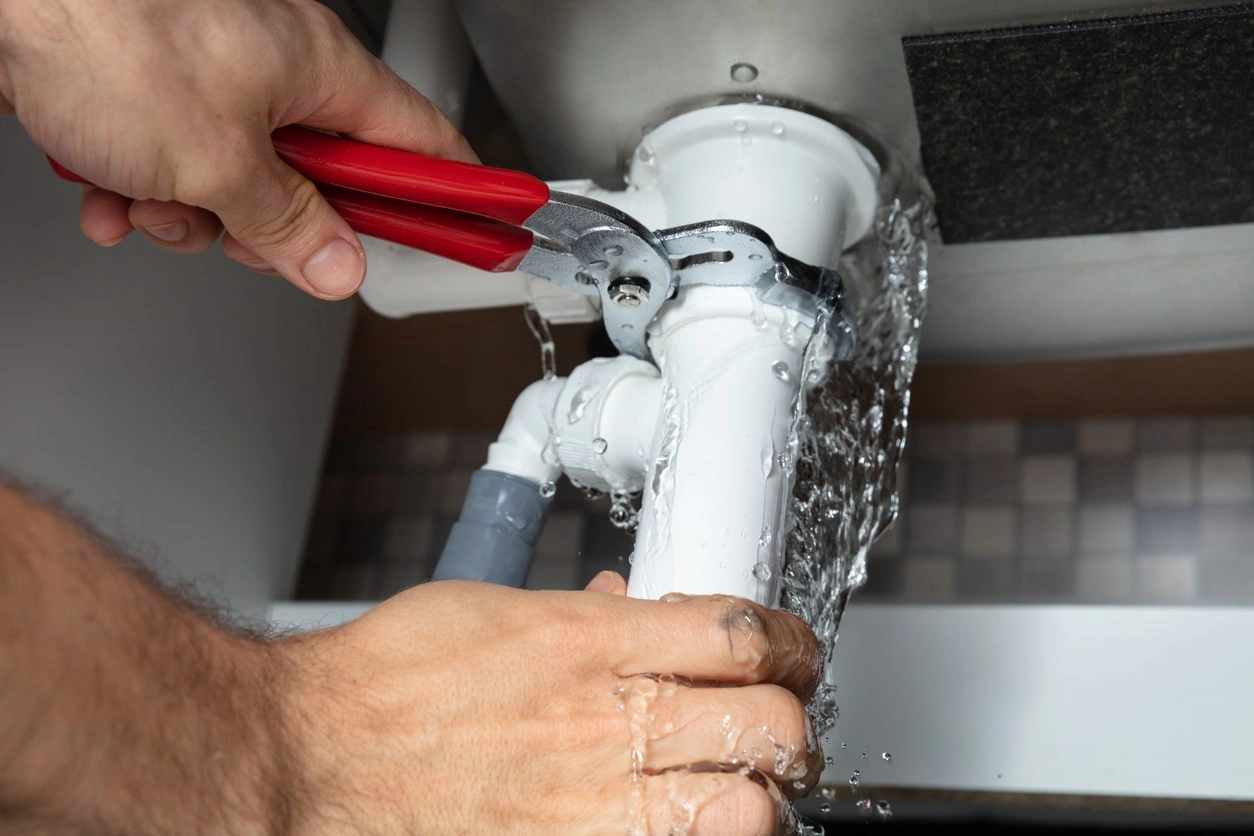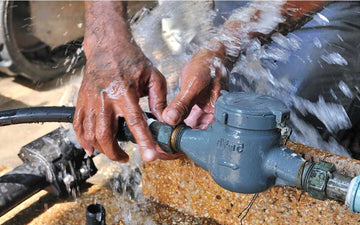The thermal imaging leak detector is a game-changer in the field of industrial quality assurance, offering a revolutionary way to detect leaks with unparalleled accuracy. By utilizing infrared technology, these detectors identify temperature differences on surfaces, making leaks visible in a way that the naked eye could never achieve. This not only empowers industries to enhance their QA processes but also significantly reduces the risks associated with undetected leaks.

How Does a Thermal Imaging Leak Detector Work?
At the core of a thermal imaging leak detector lies infrared imaging technology which captures thermal energy emitted by objects. This data is converted into a thermal image, allowing users to see variations in heat. Since leaks often involve anomalies in temperaturedue to escaping fluids or gases that are cooler or warmer than their surroundingsthese detectors can pinpoint their precise location.
In environments where the human touch isn't feasible, such as high-temperature or high-pressure systems, these detectors are invaluable. The detailed thermal images provide not only the location but also the severity of a leak, allowing maintenance teams to prioritize repairs effectively.
Advantages of Using Thermal Imaging in Industry QA
The benefits of integrating thermal imaging into industry QA are manifold. Firstly, it introduces a non-invasive method that preserves the integrity of the system being tested. This is crucial in complex and sensitive installations where traditional methods might pose risks.
Additionally, the time efficiency of these detectors cannot be overstated. Rapid scanning allows for quick assessments, which in turn means that potential downtimes are minimized. For industries such as manufacturing, oil and gas, or water treatment, this could translate to substantial cost savings.
Applications of Thermal Imaging Leak Detection
Thermal imaging leak detectors are versatile tools that find utility in numerous sectors. In building management, they help in detecting water and air leaks, which can lead to energy loss. In manufacturing plants, they ensure that equipment such as pipes and tanks remain secure, preventing costly accidents and ensuring compliance with safety standards.
Explore the effectiveness of real estate water leak alarms for residential applications, which complement the advanced thermal systems employed in industrial settings.
Challenges and Considerations
While the advantages are clear, implementing thermal imaging leak detection isn't without its challenges. It requires a significant upfront investment and training for personnel to interpret the thermal images accurately. Additionally, external environmental factors such as ambient temperature and lighting can influence readings, making calibration necessary for precise outcomes.
For a deeper understanding of related technologies, consider reading about ultrasonic leak detectors, which also play a pivotal role in leak detection.
Innovations Shaping the Future of Leak Detection
Continual advancements in sensor technology and data analytics are poised to elevate the effectiveness of thermal imaging leak detectors. Newer models incorporate AI algorithms that automatically interpret thermal data, providing real-time diagnostics and alert systems. This progression not only enhances efficiency but can effectively future-proof leak detection strategies.
Discover more about cutting-edge techniques such as acoustic leak detection and how they complement thermal imaging in robust QA procedures.

Conclusion
In conclusion, the thermal imaging leak detector is rapidly becoming an indispensable tool in industry QA, valued for its precision, efficiency, and ability to integrate with advanced diagnostic systems. As technology continues to advance, its efficacy and accessibility will only grow, promising a future where leak detection is synonymous with certainty and security.
For more insights into comprehensive leak detection strategies, visit our resource on leak detection systems.
FAQ Section
What industries benefit the most from thermal imaging leak detectors?
Industries that frequently deal with complex systems, such as manufacturing, oil and gas, and water treatment, benefit significantly from thermal imaging leak detectors due to their need for precise and efficient leak detection methods.
Are there environmental factors that could affect thermal imaging?
Yes, factors such as ambient temperature, humidity, and direct sunlight can impact thermal readings, necessitating proper calibration of the equipment for accurate results.
How do thermal imaging leak detectors compare to other methods?
Thermal imaging offers a non-invasive, highly accurate way to detect leaks compared to traditional methods. It's particularly effective in environments that are challenging for human inspection, and when used alongside pressure-based leak sensors, it provides a comprehensive solution.






